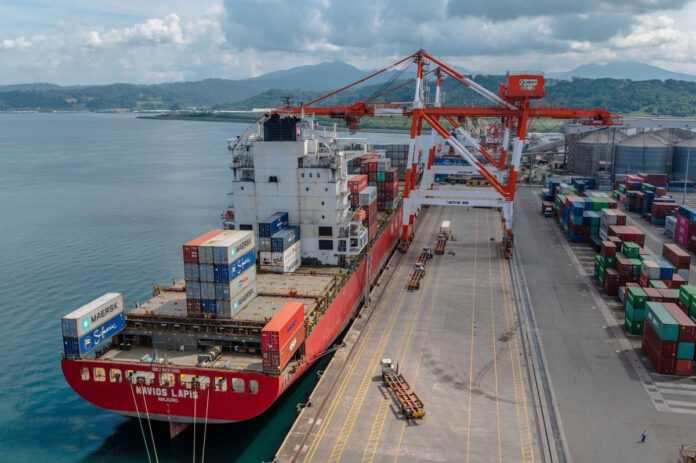-
Container traffic at Subic Port declined 23% while non-containerized cargoes dropped 22% in 2020 due to the COVID-19 pandemic
-
Shipcalls decreased by 35% while port revenues went down 21% last year
-
Subic Bay Metropolitan Authority is embarking on several automation initiatives including incorporating a web-based port management system to upgrade its vessel traffic management
Container traffic at Subic Port declined 23% to 226,174 twenty-foot equivalent units (TEU) last year from 292,914 TEUs in 2019 as the coronavirus disease (COVID-19) pandemic impacted global trade.
Non-containerized cargoes likewise dropped 22% to 7.094 million metric tons (mt) from 9.117 million mt in 2019, according to Subic Bay Metropolitan Authority (SBMA) Seaport Department assistant general manager Michael Lazaro in an online presentation.
Shipcalls decreased 35% to 1,988 vessels last year from 3,074 vessels in 2019. Cruise ship calls flunked 83% to just three from 18 in 2019, said Lazaro, who spoke recently at a webinar hosted by port operator Subic Bay International Terminal Corp.
With the decline in volumes, port revenues in 2020 fell to P1.2 billion, 21% down from P1.5 billion in 2019.
Lazaro said operations were “severely affected” by the COVID-19 pandemic, but noted that the port remained operational despite challenges, as mitigation measures were implemented early, such as allowing online submission of requests for cargo inspection and shortening the approval process for documents.
Connectivity at the Tipo Sentry was also improved for faster retrieval and verification of documents at the gate pass management system.
SBMA senior deputy administrator for operations Marcelino Sanqui earlier said automation programs and processes were accelerated last year to allow the online processing of vessel entry applications and other applications that were previously handled manually.
RELATED READ: SBITC unveils e-gate pass for Subic port users
Moving forward, SBMA is embarking on several automation initiatives which include upgrading its vessel traffic management system to incorporate a web-based port management system.
In addition to its current gate management system, the port will also roll out additional modules to include transshipment and bring-in permit applications, which will lead to reduced physical transactions.
Lazaro said SBMA will also be hiring additional seaport personnel, including 38 cargo checkers and nine document examiners, and return cargo checking and processing to the One-Stop Shop facility, which had temporarily closed due to the pandemic.
Subic port’s value-added service provider is likewise developing a port community system that will “interconnect and consolidate all current and upcoming automation projects of the SBMA Seaport as well as Trade Facilitation and Compliance Department in just one portal.” – Roumina Pablo





